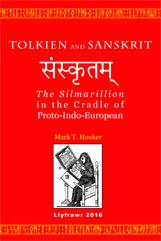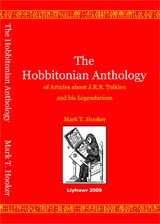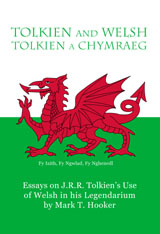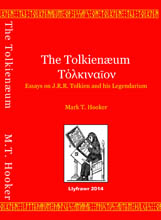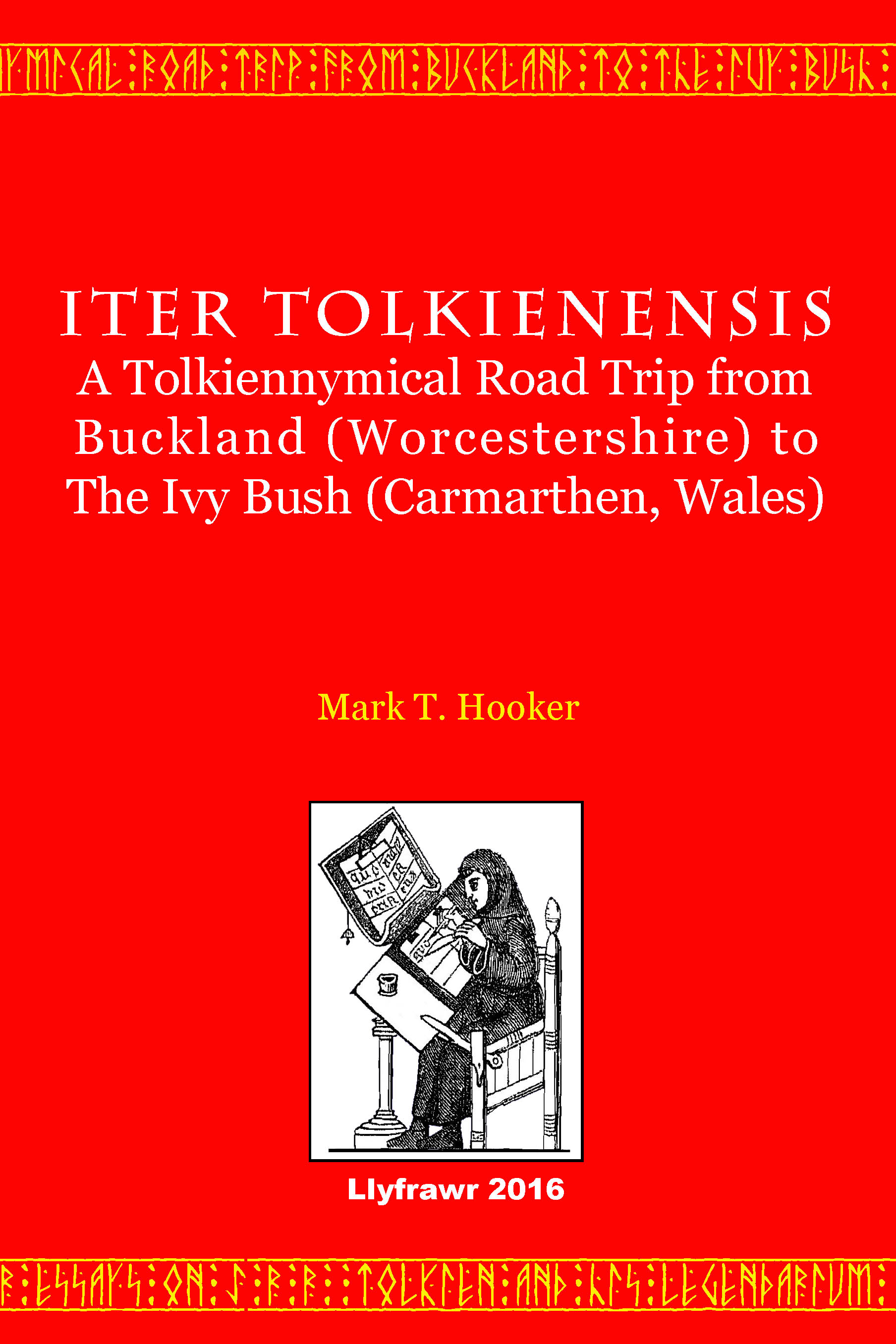Addenda and Corrigenda
Also by this author: 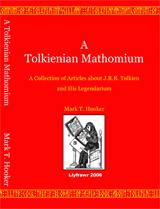
|
This page clarifies a number of questions raised by readers. Your attention is also invited to: The Tolkienothēca (Llyfrawr, 2019), Part I of which is an “Addendum to Tolkien and Sanskrit.” Nota Bene: The sources used in this study are, wherever possible, from before World War I, because that was the time that Tolkien began work on The Silmarillion. (S.7) While “Classic” print sources preserve the prejudices of their time like an insect trapped in amber, and challenge social norms in ways that may not align with our current sensibilities, the focus of this study is on how Tolkien understood these topics based on the resources available to him. The historical hindsight that this approach offers allows us to see what we might wish had been done differently or not at all. This perspective helps to keep us from repeating the mistakes of the past.> • page 33: Balfour (1885) observes that each of the seven planets of Indian myth is assigned a metal. The sun is gold, and the moon is silver, and the word for silver is chandi.a • page 140: The translation of Raksha shown as “[the Demon]” in the Kipling quote is is taken directly (sic) from the source, and is not a comment by the present author.
• Appendix A The Mahábhárata Introduction (p. 156):
• page 164, endnote 1: Robert Watson Frazer, A Literary History of India, London: T. Fisher Unwin, 1898, p. 215. Correction: On page 156, the
name of the King of Anga is given as • Page 171: add an opening quote mark (“) at the beginning of the quote from Marshman (1842):
a Edward Balfour, The Cyclopædia of India and of Eastern and Southern Asia, volume 2 (H-Nysa) of 3 volumes, third edition, London: Bernard Quaritch, 1885, p. 3; see also: Forbes, p. 312. b The Works of Rudyard Kipling: The Jungle Book, New York: The Century Co., p. 10. See also: The Kipling Reader: Selection from the Books Of Rudyard Kipling, London: Macmillan and Co., 1918, p. 93. c For example: The Jungle Book, London: Pan Macmillan, 2016, p. 15. d Monier Monier-Williams, A Sanskrit-English Dictionary, Oxford at the Clarendon Press, 1872, p. 825. e John Clark Marshman, The History of India, from Remote Antiquity to the Accession of the Mogul Dynasty (Compiled for the Use of Schools), third edition, Serampore, 1842, p. 17. |
To learn more about the book, follow the links below.

